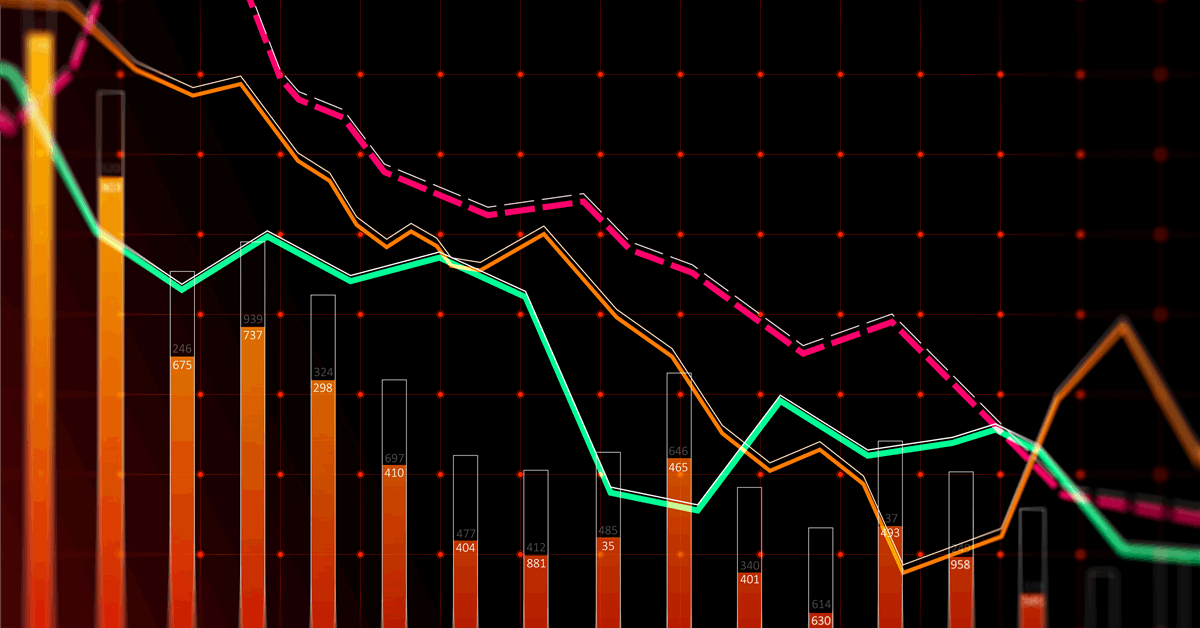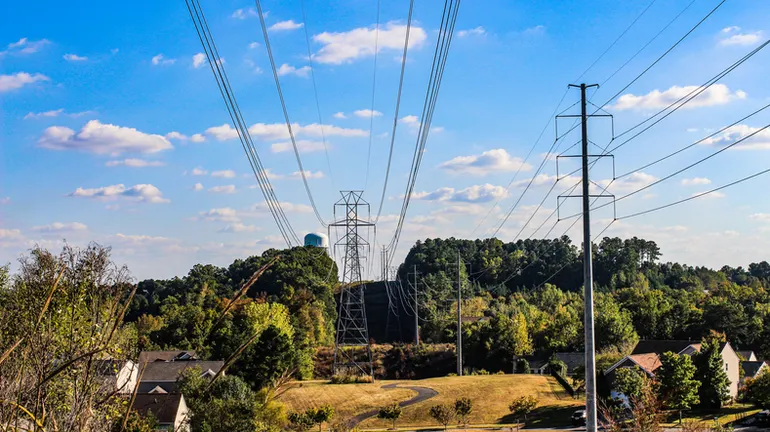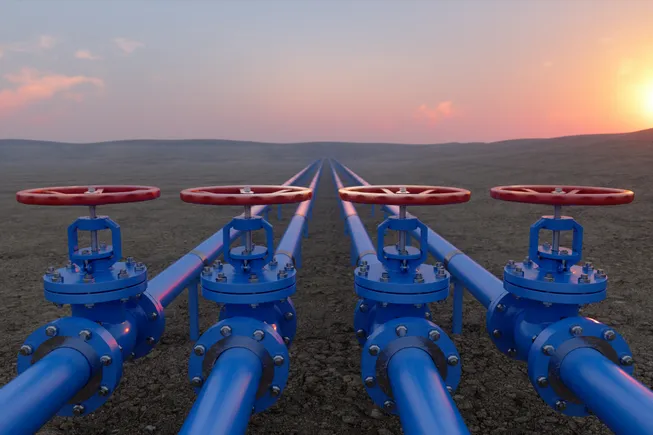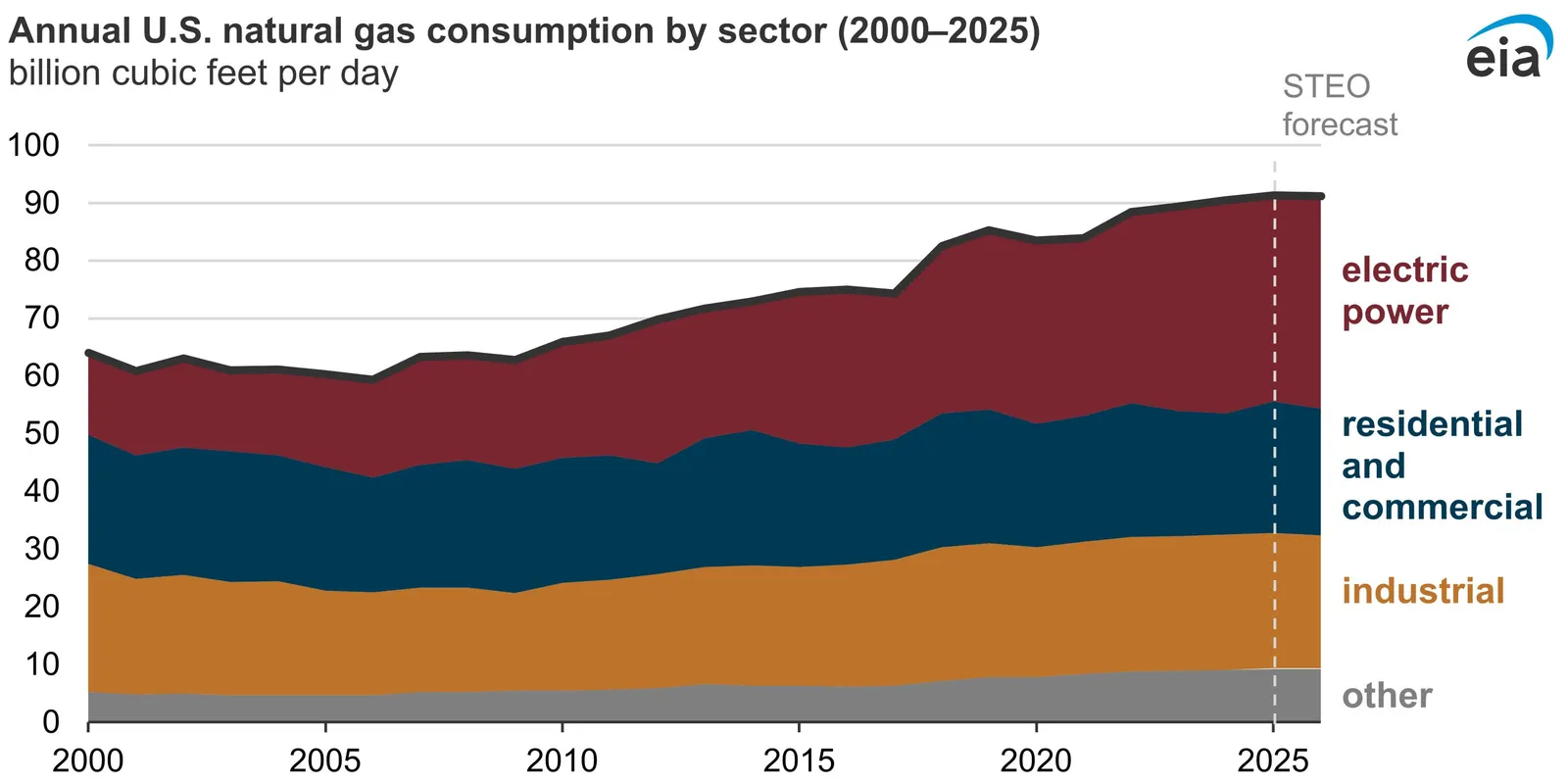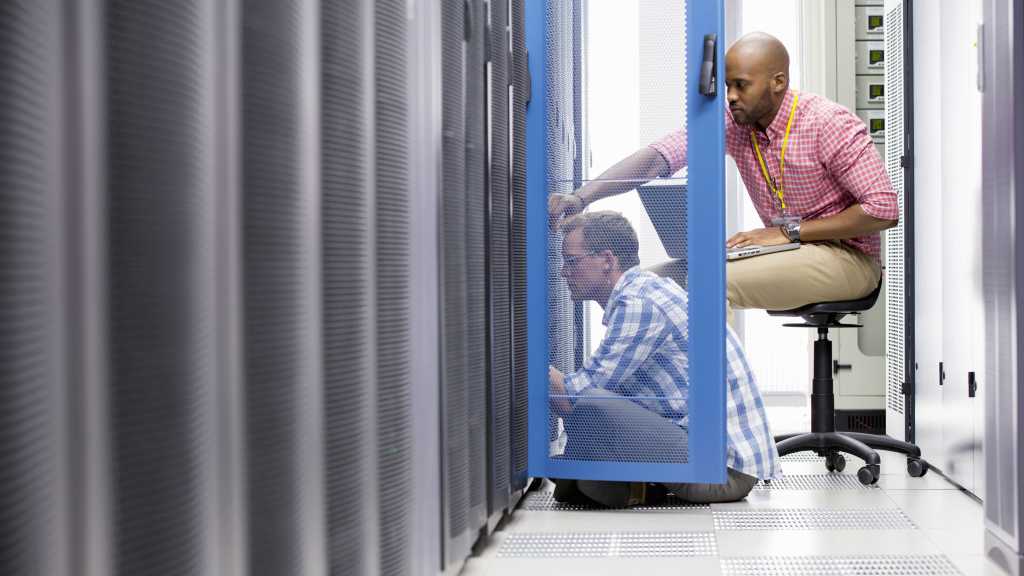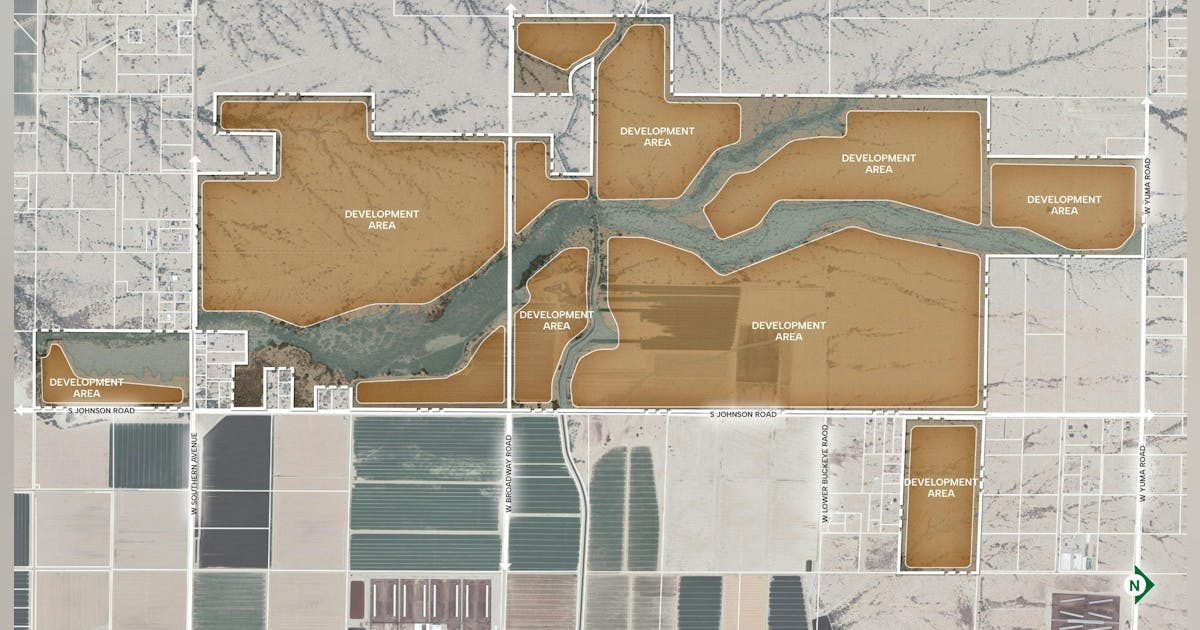Dive Brief: The Trump administration’s 50% import tariffs on steel, aluminum and copper could drive up the cost of utility grid modernization and clean energy projects while making it harder to buy transformers and other equipment, according to Morningstar DBRS. With materials typically accounting for 20% to 30% of a transmission project’s costs, the tariffs could slow or reduce the scope of transmission development, Morningstar analysts said in a report released Monday. “Some marginal projects (e.g., economic-driven grid upgrades or non-mandated resiliency projects) may no longer generate a positive net present value when significant increases in costs are taken into consideration,” the analysts said. Dive Insight: The tariffs the Trump administration has imposed this year target imported inputs that are critical to the utilities sector, including structural steel for transmission towers, aluminum conductors and copper wiring, analysts with the credit rating agency said. The tariffs also cover semi-finished and derivative copper products, such as pipes, tubes, wires and cables, rods, sheets/strips and fittings/connectors/electrical components, the analysts said. “For utilities, which consume large quantities of steel (e.g., poles, pylons, rebar), aluminum (e.g., conductors, transformer components), and copper products (e.g., finished wire/cable, connectors, fittings), these dynamics point to higher input costs for capital projects,” Morningstar analysts said. Some importers are diverting shipments away from the United States to avoid the tariffs, raising the risk of procurement delays, according to the report. “Electrical steel — a specialty steel used in transformers — remains in short domestic supply, and new tariffs could further constrain imports needed for grid equipment,” the analysts said. “The 50% steel tariff extends to the steel content of manufactured products, meaning even imported transformers are subject to hefty duties on their steel cores.” With U.S. electric bills climbing 23%, on average, from 2019 to 2024, increased utility costs may raise concerns






